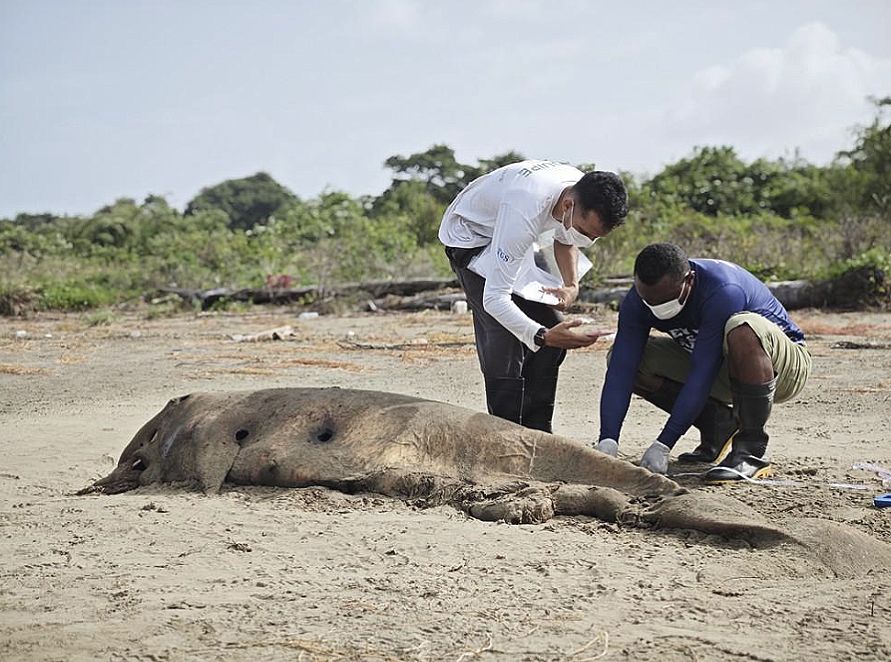OIAPOQUE, Brazil — At the northernmost tip of Brazil, where the Amazon spills into the Atlantic, a fragile web of estuaries, mangroves, submerged reefs and open sea is showing signs of distress. Here, where biodiversity has long flourished, something is shifting. The seismic airguns used by the oil industry to locate underwater oil reserves are disrupting marine life. The appearance of rare fish and stranded marine mammals is evidence that a silent, serious transformation is underway. Julio Garcia, a fisherman for 45 years and president of a fishing colony, knows these waters intimately. It is here, in the municipality of Oiapoque, where the Amazon says farewell to dry land, that he has spent his life fishing, attuned to every shift in the wind and every lull in the tides. But something has changed. “The sea is sick,” Garcia says. And with it, so, too, is the way of life for riverside and Indigenous communities that rely on artisanal fishing for survival. Dolphins, porpoises, migratory whales, fish, mollusks, crustaceans and corals — many still unknown by scientists — share this embattled territory where nature, culture and subsistence are deeply intertwined. The fish caught in these silty waters supply local markets, urban centers like Macapá and even distant parts of the country. Yet this ecosystem, a living bridge between biomes, cultures and livelihoods, now faces mounting risk. The threat comes from multiple fronts, but none more contentious than oil exploration. Petrobras began 3D seismic surveys close to the Amazon River coast in…This article was originally published on Mongabay
From Conservation news via this RSS feed


